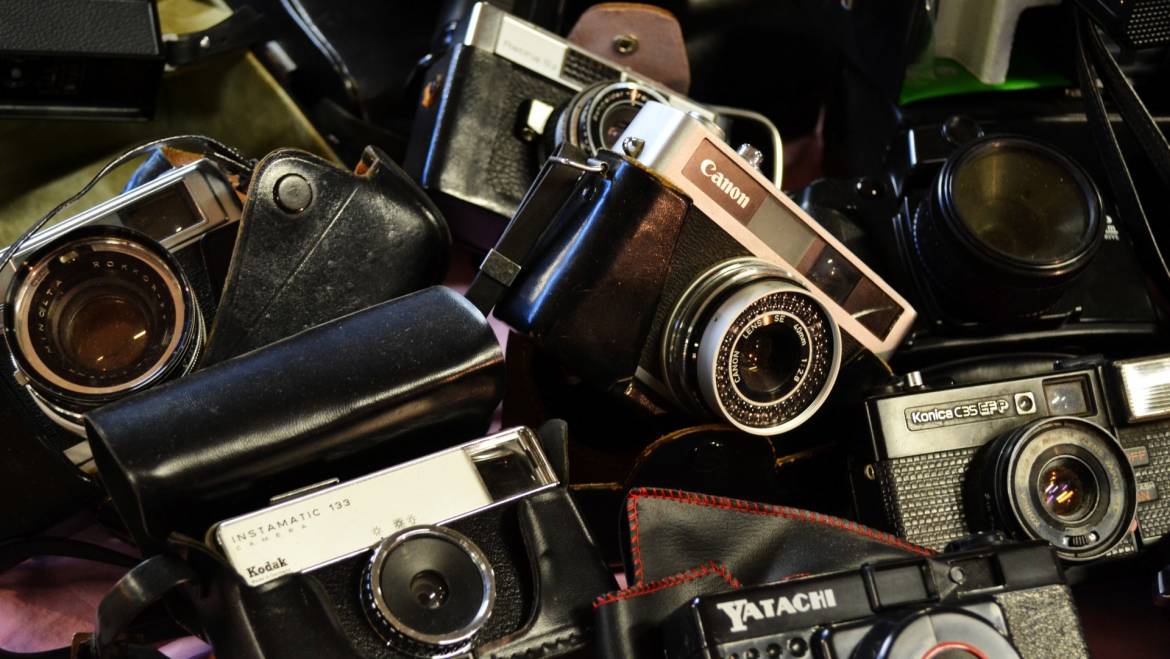All of the time, care, and composition in the world is worth nothing if you are not properly set up to protect your digital imagery. Whether taking shots for personal, sentimental use or as a product photographer working on complex, high-value projects, there is a value to imagery that can be hard, if not impossible, to replace if the worst should happen.
To try and stop the nightmare scenario, we have taken a look at some of the best ways to safeguard your shots and ensure some backup:
Memory card
Invest in multiple good quality, large capacity memory cards that will house your images – to save against faults or damage to the camera itself. It is a good idea to utilize several smaller capacity cards rather than one large one – dividing the shots up will minimise losses in the event of a card error. Keeping the cards in good shape with periodic formatting and using the option to automatically sync via Wi-Fi is advisable if the option exists.
During use
It may seem common sense, but remember to be aware of the atmospheric conditions – heat, moisture, humidity – and any unusual conditions which may adversely affect your hardware. Avoiding impacts and ensuring you have adequate transportation options, including padded cases, will reduce the risk of irreparable damage to the camera itself.
Patience
Remember to follow the correct processes post-shoot when managing, handling and downloading your images. Be patient and don’t try to rush the download, which could corrupt the memory card and create issues with the hardware. As a matter of good practice, always try to copy your images onto your computer rather than transferring them – ensure they’re safely in situ and backed up before wiping your card. If space is at a premium, buy extra cards rather than juggling shots and hoping for the best.
Back it up
Investing in an external hard drive with at least 1TB of space will provide you with a safe-house for your shots in the event of the photographic apocalypse. Think about a second, or even third external drive if there are high-value shots or an increased risk of theft or fire. Modern cloud-based tech allows for quick and easy options for backup, too. While slower and more limiting than using an external drive, it is useful when in a bind.
If your images are shot more readily on a smartphone or tablet device, syncing with a computer at regular intervals and using the devices hosted cloud services will make the backup process far easier and usually more accessible.
To find out more about our fresh approach to product photography, visit Ecommerce Photography and get in touch.


Add Comment